Turbidity Sensor, a cutting-edge device designed to accurately measure the cloudiness or haziness of liquids, primarily in water-based solutions. Whether you’re working with drinking water, wastewater, or industrial processes, this sensor provides high-precision data, ensuring that you meet strict environmental regulations, optimize processes, and maintain water quality standards.
A turbidity sensor is essential for monitoring the level of suspended particles in water, such as dirt, bacteria, algae, and other contaminants that can affect water clarity. The measurement of turbidity is crucial in various industries, including environmental monitoring, water treatment, and even in manufacturing, where the purity of water plays a critical role in production processes.
Key Features of Turbidity Sensor
-
High Accuracy: The turbidity sensor uses advanced optical technology to provide precise turbidity readings, ensuring the highest level of accuracy in water quality monitoring.
-
Wide Measurement Range: Designed to handle a broad range of turbidity levels, this sensor is perfect for applications ranging from clean, clear water to highly turbid wastewater.
-
Reliable and Durable: Built to withstand harsh environments, the sensor is engineered with robust materials and can function efficiently in challenging conditions such as extreme temperatures and corrosive substances.
-
Real-Time Monitoring: Continuous data output allows for real-time monitoring, ensuring instant awareness of any changes in water quality. This feature is especially useful for industries requiring continuous water management.
-
User-Friendly Interface: With easy-to-read displays and simple connectivity to other monitoring systems, the sensor is designed for hassle-free operation and integration into existing infrastructure.
-
Versatile Applications: Ideal for municipal water systems, environmental testing, research laboratories, and industrial processes, this sensor is suitable for various sectors requiring turbidity measurement and monitoring.
-
Cost-Effective: Reduce operational costs by utilizing an affordable, long-lasting turbidity sensor that requires minimal maintenance and delivers consistent, reliable results.
Applications of Turbidity Sensor
The Turbidity Sensor is designed to meet the needs of various industries and applications. Some of the key use cases include:
1. Water Treatment and Quality Monitoring
Water treatment facilities rely on turbidity sensors to monitor and control the clarity of the water being processed. High turbidity can indicate contamination, and measuring turbidity helps determine the efficiency of water treatment processes, including filtration and sedimentation. By ensuring that treated water meets quality standards, the turbidity sensor plays a critical role in safeguarding public health.
2. Environmental and Aquatic Monitoring
In environmental research, turbidity measurements help monitor the health of water bodies such as rivers, lakes, and oceans. High turbidity can be indicative of pollution, erosion, or algae blooms, which can have severe environmental impacts. Researchers and environmental agencies use turbidity sensors to track water quality and detect potential environmental hazards.
3. Industrial Applications
In industries such as food and beverage production, pharmaceuticals, and chemical manufacturing, water quality is a vital factor. Turbidity sensors are used to monitor water clarity in cooling systems, production lines, and other industrial processes. Maintaining high water quality ensures product purity, minimizes downtime, and helps companies comply with regulatory standards.
4. Wastewater Treatment
In wastewater management, turbidity sensors are used to assess the quality of water during treatment and ensure that the final effluent meets regulatory standards. By continuously measuring turbidity levels in wastewater treatment plants, operators can optimize filtration processes and avoid costly penalties for non-compliance.
5. Aquaculture and Fish Farming
In aquaculture, water quality is critical for the health of aquatic life. Turbidity sensors help monitor water clarity, ensuring that suspended particles or pollutants do not harm fish and other aquatic organisms. By maintaining optimal water conditions, turbidity sensors contribute to healthier, more productive aquaculture operations.
Benefits of Using a Turbidity Sensor
1. Improved Water Quality Control
With the ability to measure turbidity in real time, operators can instantly detect changes in water quality and adjust treatment processes accordingly. This allows for better control over water purification and ensures that the water meets required standards.
2. Regulatory Compliance
Environmental regulations often mandate specific turbidity levels for various water bodies. By using turbidity sensors, companies and municipalities can stay compliant with local and international standards, avoiding potential fines and ensuring the protection of natural resources.
3. Reduced Operational Costs
Monitoring turbidity levels continuously ensures that resources are used efficiently. This reduces unnecessary chemical consumption and energy usage in water treatment processes, leading to cost savings. Additionally, the sensor’s durability and low maintenance requirements contribute to long-term cost-effectiveness.
4. Enhanced Process Efficiency
By providing real-time data, turbidity sensors enable quick decision-making to optimize filtration, clarification, and other water treatment processes. This can lead to more efficient operations and faster response times in case of equipment malfunctions or system upsets.
How It Works
The Turbidity Sensor operates using a light scattering principle. It sends a light beam through the water, and the suspended particles in the water scatter the light. The sensor measures the intensity of the scattered light and converts this data into turbidity readings, typically expressed in NTU (Nephelometric Turbidity Units). The higher the turbidity, the more particles are present, and the greater the scattering of light.
Why Choose Our Turbidity Sensor?
Our turbidity sensor combines reliability, affordability, and precision in one package. Whether you need it for industrial, environmental, or municipal applications, this sensor ensures you have the tools necessary for high-quality water management. With exceptional customer support and seamless integration into existing systems, our turbidity sensor is the ideal solution for your water quality monitoring needs.
Package Includes
1 x Turbidity Sensor
FAQ
1. Where can we buy this Turbidity Sensor?
This product is available online at https://aiiottech.in/product/turbidity-sensor/ and also available at our store in Pudupakkam/Kelambakkam, Chennai-603103
2. When can I get this Turbidity Sensor?
RGRJ AIIoT TECHNOLOGIES will immediately ship and deliver the product within 2-3 working days.
3. How this Turbidity Sensor is better than other similar products?
Turbidity Sensor offers superior accuracy, durability, real-time monitoring, and easy integration, ensuring reliable, cost-effective water quality management.




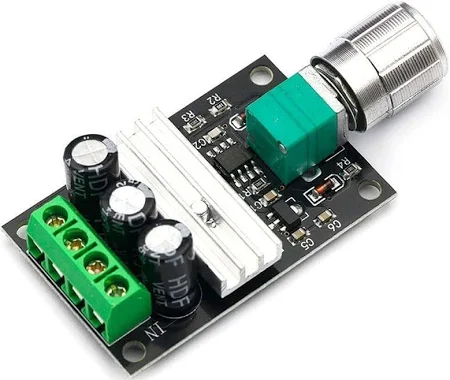



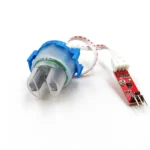

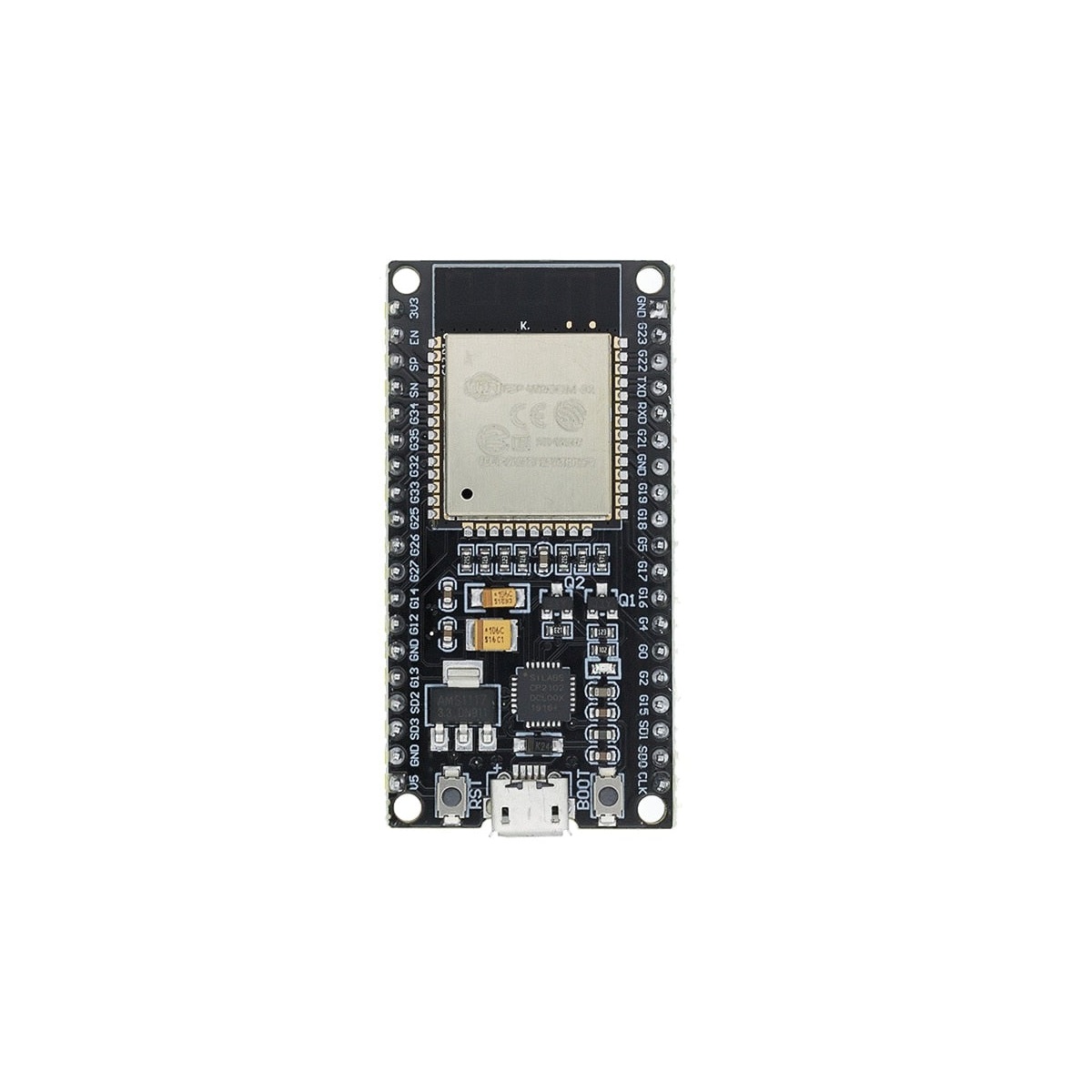

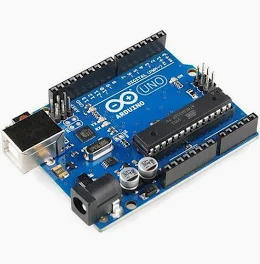






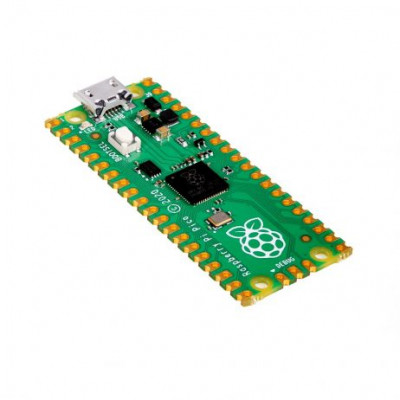
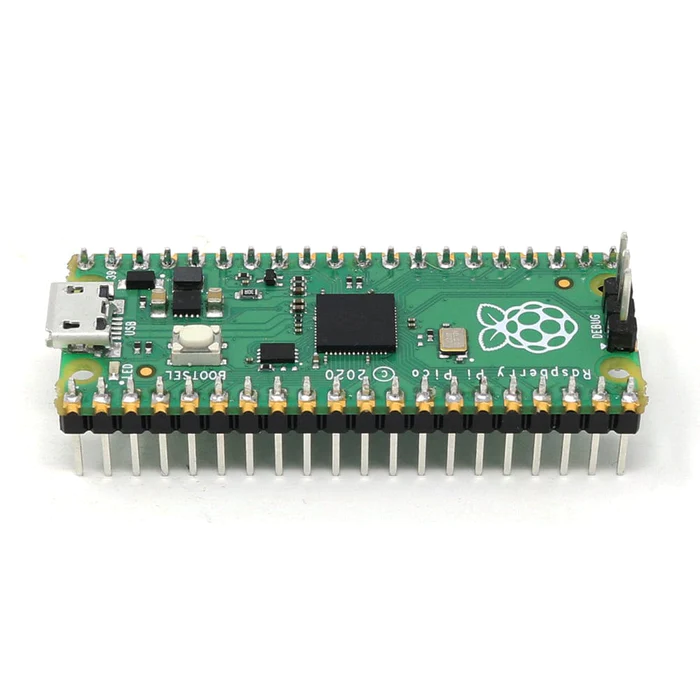

Reviews
Clear filtersThere are no reviews yet.